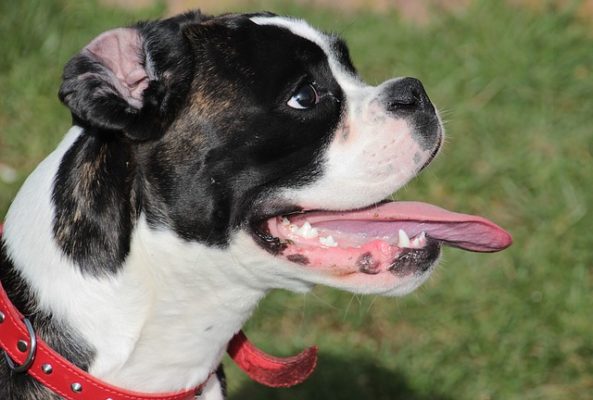Hot weather is already here, and though you might have already bought a new pair of shades and are loaded up on sunscreen, it’s important to think about the needs of the furriest members of our families as well!
Animals have different needs than humans during hot summer months, and they also show different signs of distress when they are overheating.Here are some tips on how to keep your pets safe when the temperatures rise:

Never leave your pets in parked cars
When we say never, we mean never! Even if your AC is on, the windows are down, and it’s for one minute. The temperature inside a parked car can rise at an alarming rate. Even if it’s only 30℃ outside, the temperature can easily rise to 39℃ in ten minutes, and to over 49℃ in thirty minutes! Pets can easily suffer from extreme dehydration and heat stroke at these temperatures.
Offer your pet extra water and shade
Your pet will definitely need extra water during hot summer months, and access to shade. Make sure to check their bowls more frequently than usual to be sure that they’re getting the water they need. In addition, it’s very important for your pets to have ample shade when it’s hot. Doghouses can actually make heat worse by trapping in hot air, so make sure to set up a tarp or other shaded but ventilated covering when your pet is outdoors.
Offer them frozen treats to keep them cool
Offer your pets ice cubes, ice water, and even frozen treats such as homemade, doggie-safe popsicles to help them cool down. Check out this great recipe from the Humane Society for a treat your pup will love.
Take your walks during cooler hours of the day
Try to time your walks for times of day when it’s cool out; early morning and evening are best. Intense midday heat can be overwhelming for your pet. Pavement, concrete and sand can also be extremely hot during the middle of the day, and easily burn your pet’s paws. If your pet is outside for extended periods of time, consider purchasing some doggie sunscreen; it exists and can easily be purchased in many large pet stores as well as online!
Watch out for signs of heat stroke
Heat stroke can affect animals of all ages and sizes, but animals that are very young or very old, overweight, or have respiratory problems are particularly susceptible to heat stroke. Symptoms include panting, fever, vomiting, lethargy, collapsing, glazed eyes, a rapid heartbeat, dizziness, seizures, rapid breathing, and lack of coordination. If your pet is experiencing any of these symptoms, they should be moved to a cool area and ice packs or cool packs should be applied to your pet’s head, neck and chest. They should also be taken to a directly to a veterinarian.
We love our pets at McLean, and we’d do just about anything to keep them healthy and safe! We’re sure you feel the same way, and these tips should help you protect your furry family members as the temperatures climb.
